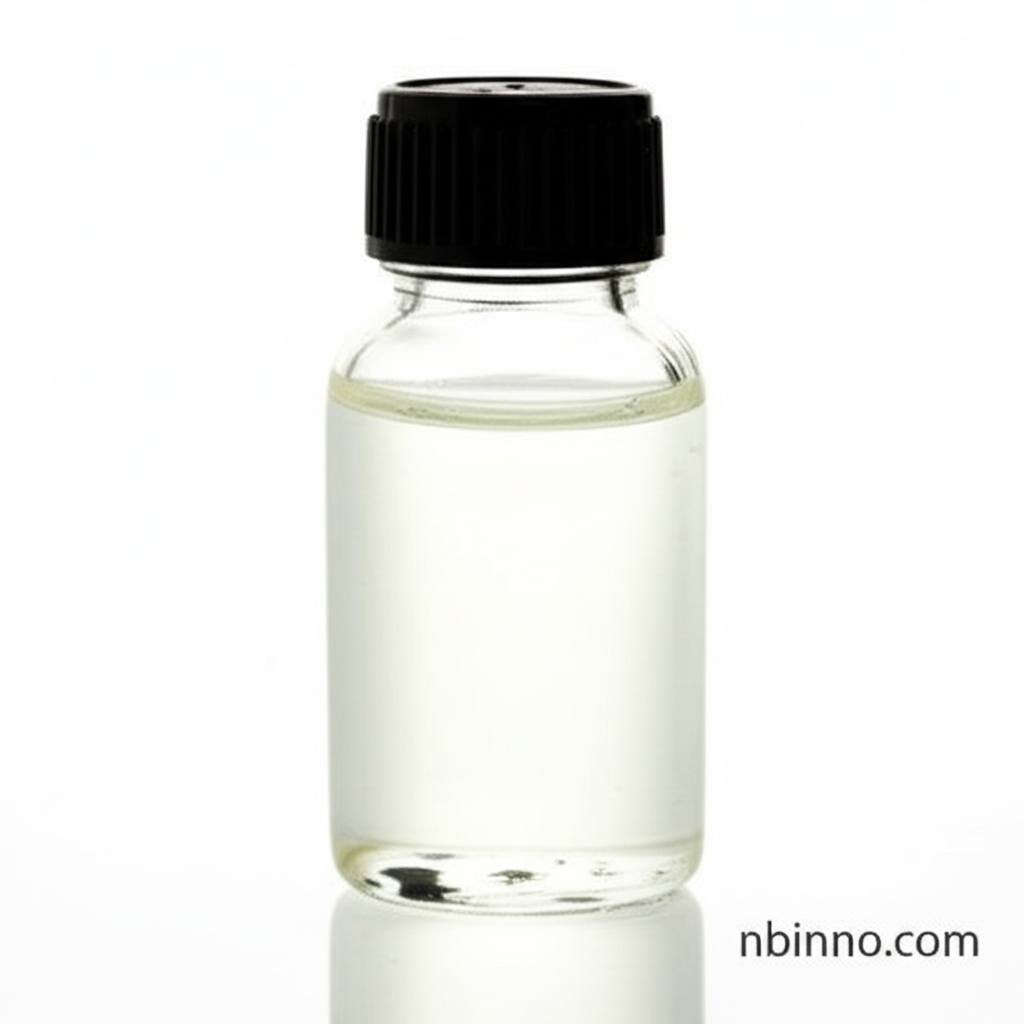N,N-Dimethylallylamine: A Versatile Chemical Intermediate
Discover the essential properties, synthesis methods, and wide-ranging applications of N,N-Dimethylallylamine (DMAA), a critical component in modern chemical manufacturing. Learn why it's a key player in industries from pharmaceuticals to agrochemicals.
Get a Quote & SampleProduct Core Value

N,N-Dimethylallylamine
As a leading supplier in China, we provide high-quality N,N-Dimethylallylamine (DMAA), a crucial chemical intermediate widely utilized in diverse industrial applications. Its unique chemical structure makes it an indispensable building block for synthesizing complex molecules, particularly in the agrochemical and pharmaceutical sectors. We are committed to delivering this product with the utmost purity and reliability, ensuring it meets stringent quality standards for your manufacturing needs.
- Leverage N,N-Dimethylallylamine synthesis methods to ensure efficient production of your target compounds.
- Understand the critical N,N-Dimethylallylamine properties that make it a versatile chemical intermediate.
- Explore the diverse N,N-Dimethylallylamine applications in pesticides, enhancing crop protection solutions.
- Learn how to handle N,N-Dimethylallylamine safely, adhering to industry best practices.
Advantages of N,N-Dimethylallylamine
Versatile Chemical Reactivity
The allylic structure and tertiary amine group of DMAA offer excellent reactivity, making it ideal for various organic synthesis reactions, including the preparation of quaternary ammonium compounds, a key aspect of N,N-Dimethylallylamine applications in pesticides.
Key Role in Agrochemicals
DMAA serves as a vital intermediate in the production of many agrochemicals, contributing to the development of effective herbicides and insecticides, thereby supporting sustainable agriculture.
Pharmaceutical Synthesis Building Block
In the pharmaceutical industry, DMAA is used as a building block for synthesizing active pharmaceutical ingredients (APIs) and other critical drug intermediates, supporting advancements in healthcare.
Key Applications
Pesticide Manufacturing
DMAA is crucial for synthesizing various pesticides, including its role in creating insecticidal compounds and other crop protection agents, showcasing its importance in N,N-Dimethylallylamine applications in pesticides.
Quaternary Ammonium Compounds
It is used to prepare quaternary amine compounds, which find use as surfactants, disinfectants, and antistatic agents, reflecting the broad utility of DMAA.
Specialty Chemical Synthesis
DMAA acts as an intermediate in the production of a wide array of specialty chemicals, contributing to innovation across multiple industrial sectors.
Pharmaceutical Intermediates
The compound is a valuable precursor in the synthesis of various pharmaceutical ingredients, supporting the development of new medicines and treatments.
